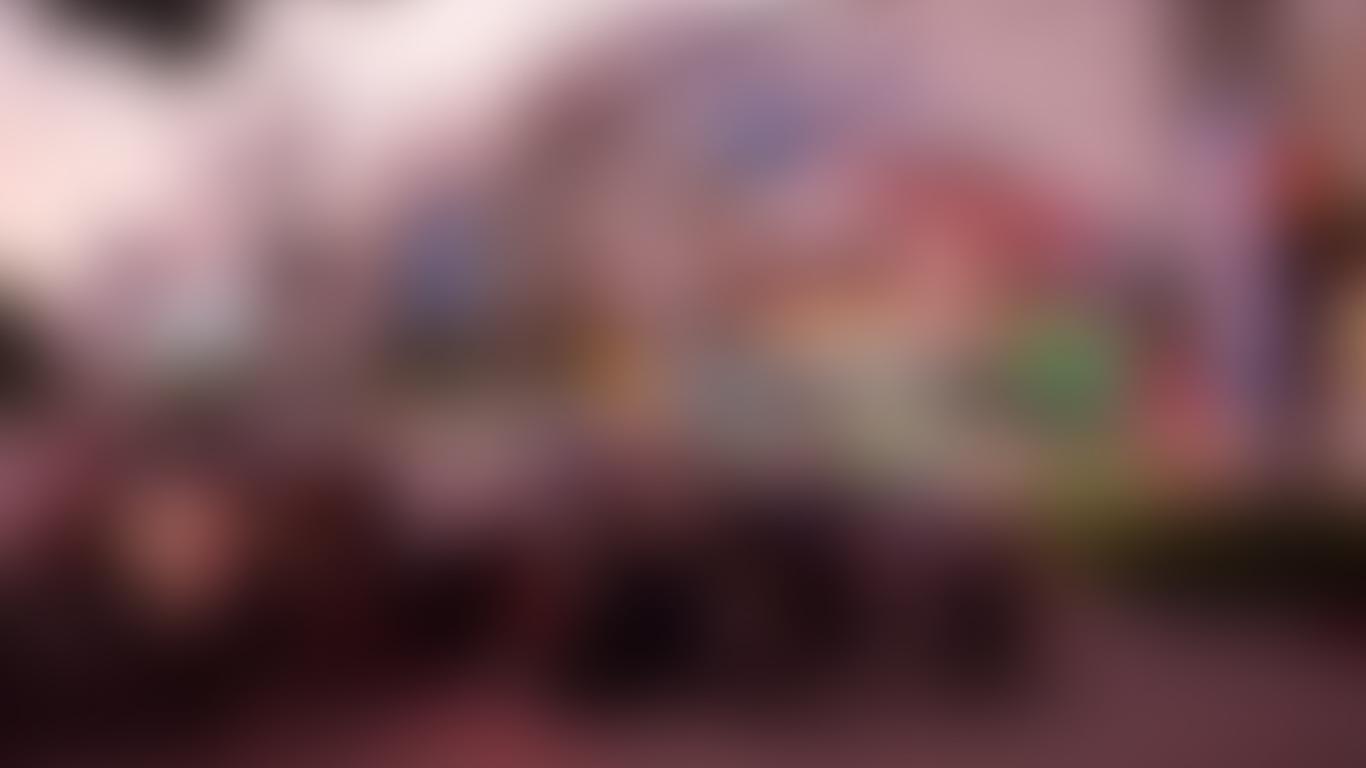There’s an inherent genius in Salzburg City Centre, where baroque architecture and flamboyant Gothic art mixes seamlessly on cobbled lanes. Designated a UNESCO World Heritage Site, Salzburg City Centre has been prosperous since the Middle Ages. Fabulous cathedrals gaze over the house of Mozart, fashionable shopping boutiques hide down medieval alleys, while lavish castles and gardens provide a serenity in the heart of the city. Salzburg City Centre is mostly pedestrianised and is easily the most visited part of the city, containing the majority of its most iconic attractions. It stretches out on both sides of the Salzach River, due south of Salzburg Hauptbahnhof station.
Unlike many old cities around Europe, Salzburg has never suffered from decline or damage. It has evolved into a rich urban fabric that connects the Middle Ages to the 19th century, with neighbouring buildings showcasing subtle changes in style. For a great view over Salzburg City Centre ascend to Salzburg Castle. Salzburger Dom is the city’s iconic cathedral and a masterpiece of baroque design. A walking street, Getreidegasse symbolises the wealth and elegance of the area as well as being the former home of Mozart, as his former house is now a museum. The Mirabell Palace and Gardens are packed with statues of Roman gods and fountains, widely regarded as amongst the finest baroque gardens in the world.
Much of the appeal is to explore on foot, admiring the stylish townhouses and exploring the many narrow lanes. While Salzburg City Centre has some unmissable sights, it takes a few days to seek out all its hidden treasures. Both Salzburg Mulln-Alstadt and Salzburg Hauptbahnhof railway stations are a short walk away. A handful of bus services run along the Salzach River and provide access to the medieval centre.
Throughout its history, Salzburg City Centre was considered the meeting point between northern and southern Europe. It stimulated the contrast in architectural styles, with Gothic art coming from the north and Italian designers bringing the Baroque and Renaissance appearances.





